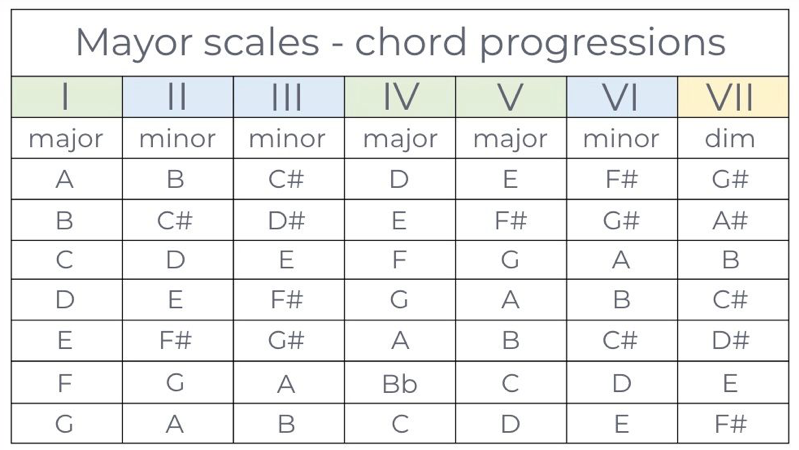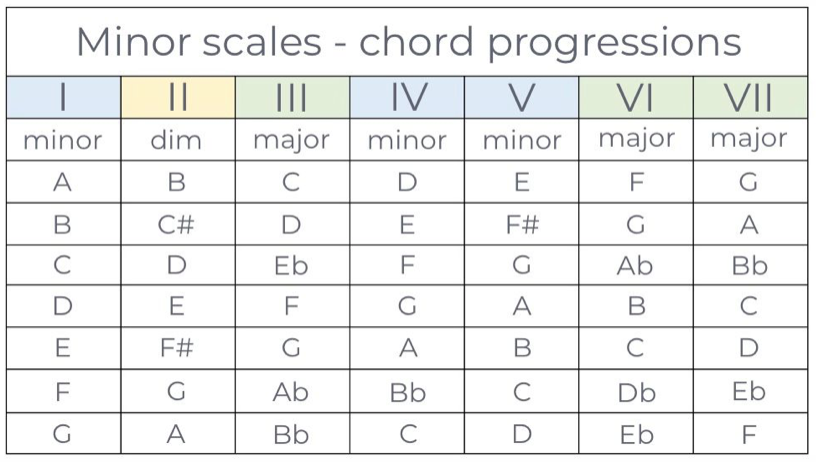Harmony is one of the last things we learn when studying music theory, yet it is one of the most useful topics to learn, especially if you want to compose your music. Studying harmony can take many years & patience, but it is an exciting adventure! I highly recommend doing it.
However, there are formulas that you can apply even if you don't have extensive knowledge in the matter. These formulas will help you bring different colors to your songs, enriching them and making them more appealing.
Formula #1
- II- V-I.
- Make the I a minor chord and it will lead you to the next key.
- The I of the previous key will become the II of the new key.
- Play II-V-I of the new key.
Example:
Let's say your song is in C:
- Dm - G7 - C
- Make C a Cm
- Now you are in Bb
- Use Cm - F7 - Bb
Listen to it:
Formula # 2
Make I into a V.
Example:
Let's say your song is in G
- Turn G into a G7
- You are now in C
Listen to it:
Tip: this modulation works lovely with the blues progression I-IV-V
Formula # 3
Make I a V, and the V the I.
Let's say your song is in Eb:
- Use Eb, then Eb7, and then Bb.
- Now you are in Bb.
Listen to it:
Formula # 4
Make the II be IIm7b5 and it will become the VI of the new key.
Example:
Let's say your song is in E
- Use F#m7b5
- You are now in G
Listen to it:
Formula # 5
Make the II, III, or VI a dominant of the new key.
Let's say your song is in Ab
- If you decide to use the II: play Bb7 and now you are in Eb.
- If you decide to use the III: play C7 and now you are in F.
- If you decide to use the VI: play G7 and now you are in C.
Listen to it:
Formula # 6
Make the V a Vsus and it will become the I of the new key.
Let's say your song is in F#:
- Use C#sus and now you are in C#
Listen to it:
Formula #7
Make the IV a IVm7 so it will become the II or VI of the new key.
Example: song in B
- Use Em7 and now you can modulate to D or G
Listen to it:
Bonus
A widely used way of composing that gives a lot of strength to the songs is writing the verses in a minor key and the chorus in a major key.
We are the champions by Queen is a great example. The verses are in Cm, and the chorus in F.
For this, relative scales are very handy. It is a simple but beautiful modulation. For example, you can write a song with the verse in Bm and the chorus in D (the relative major of Bm).
Tip: If you are a beginner and don't know the intervals by heart, I suggest you always have the following cards at hand so you can review them when necessary while composing:


Thanks for reading!
Best,
